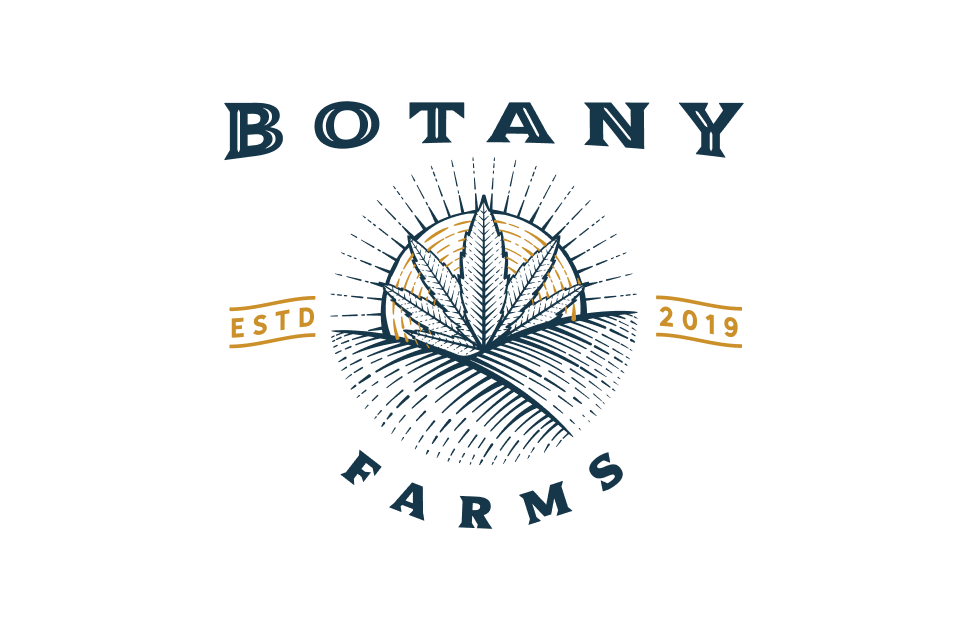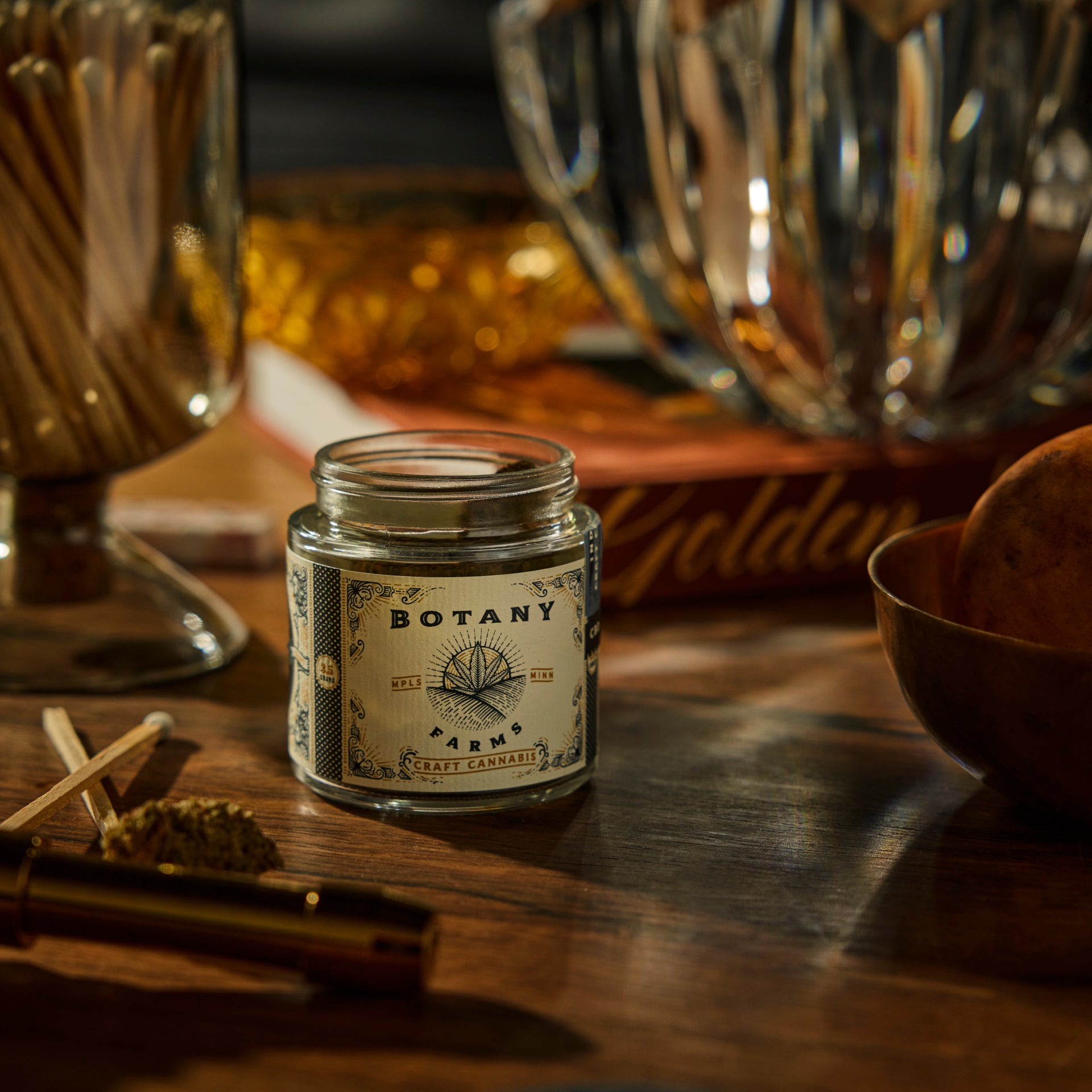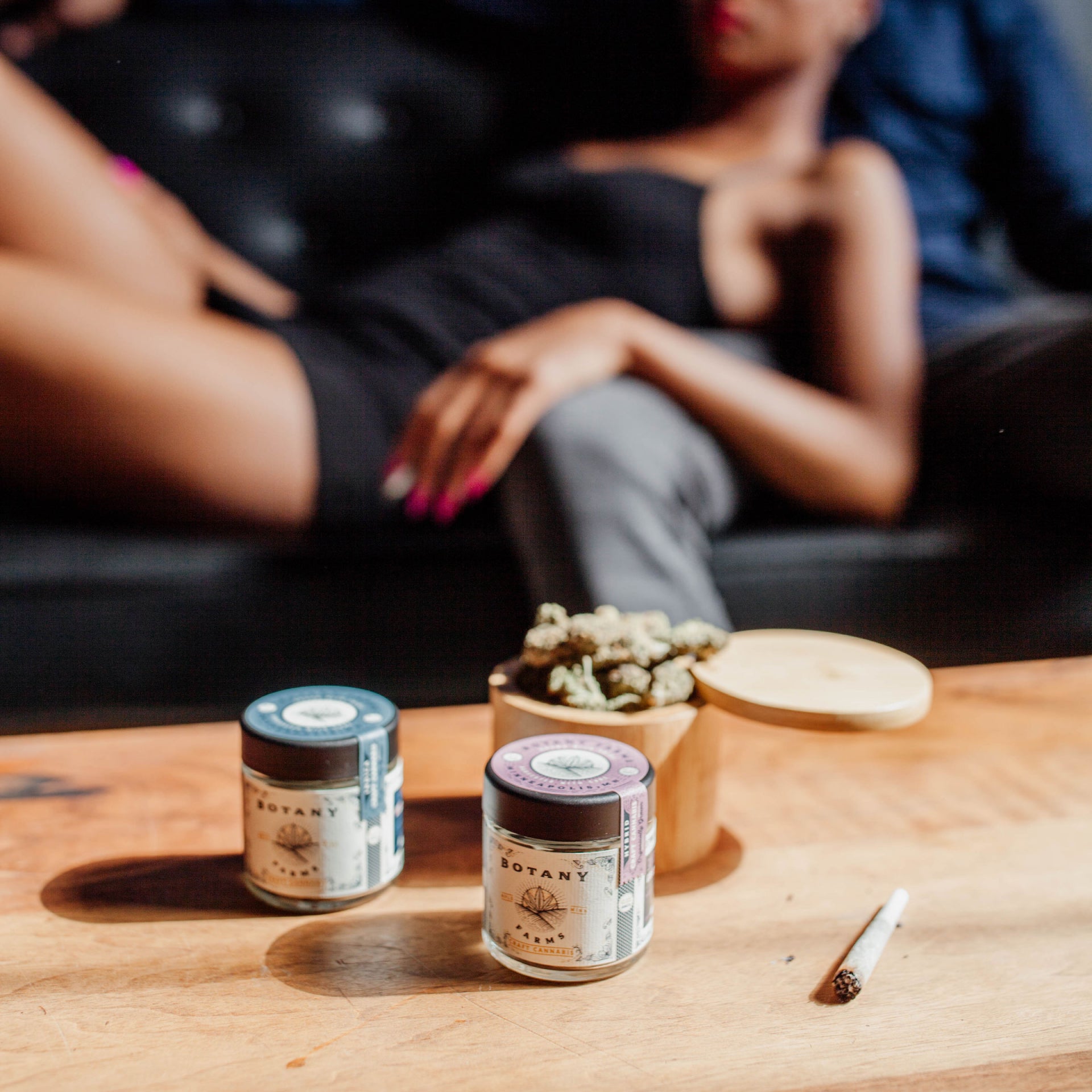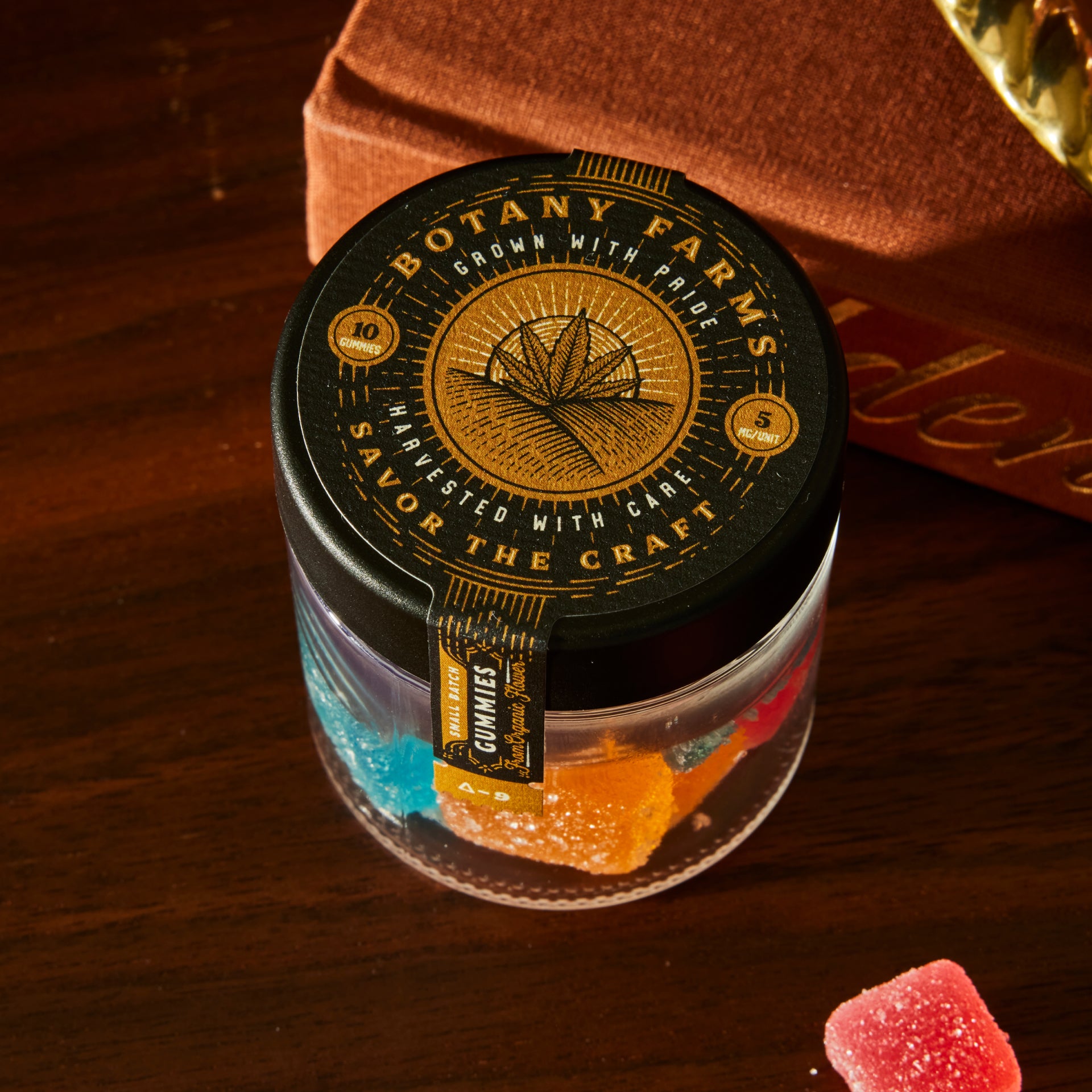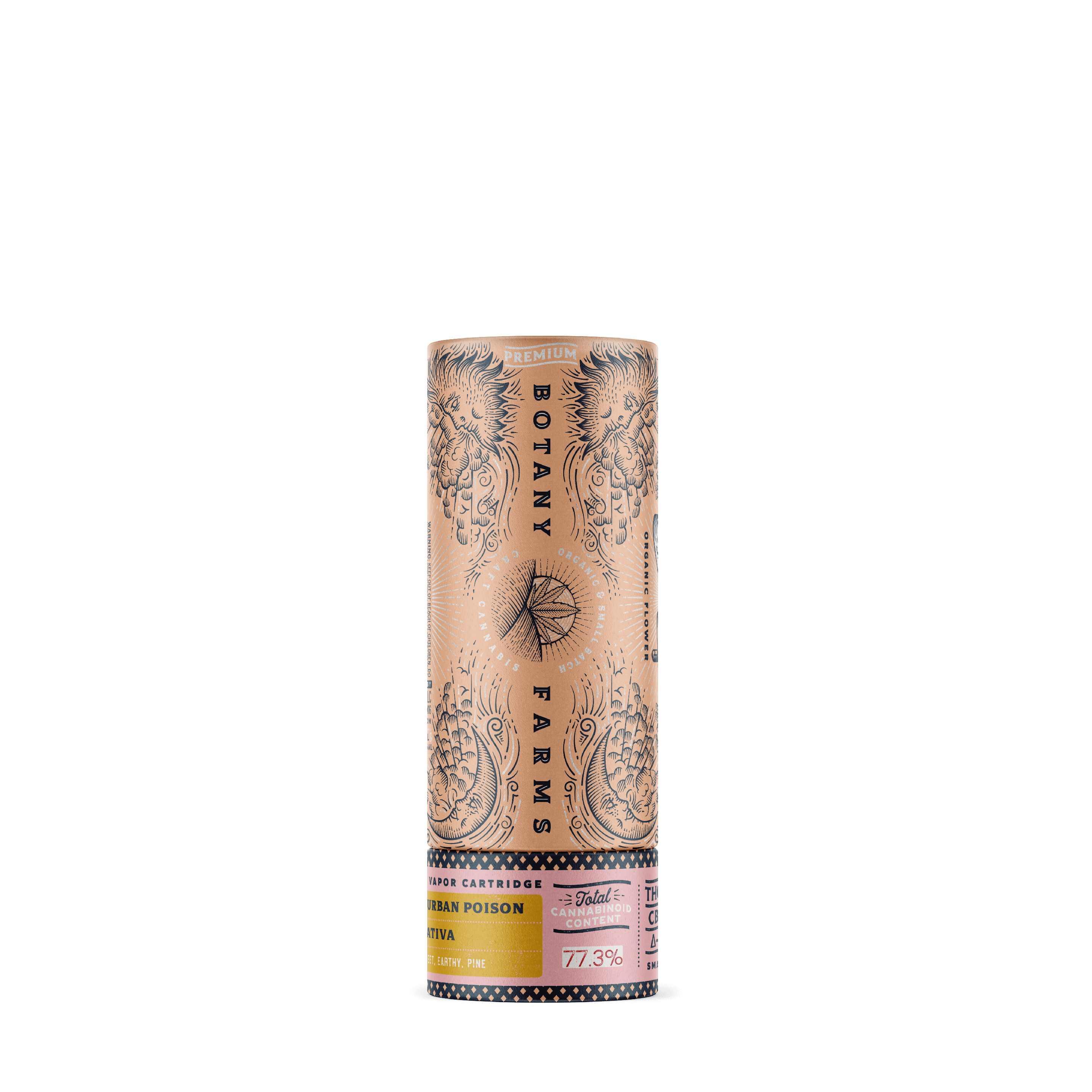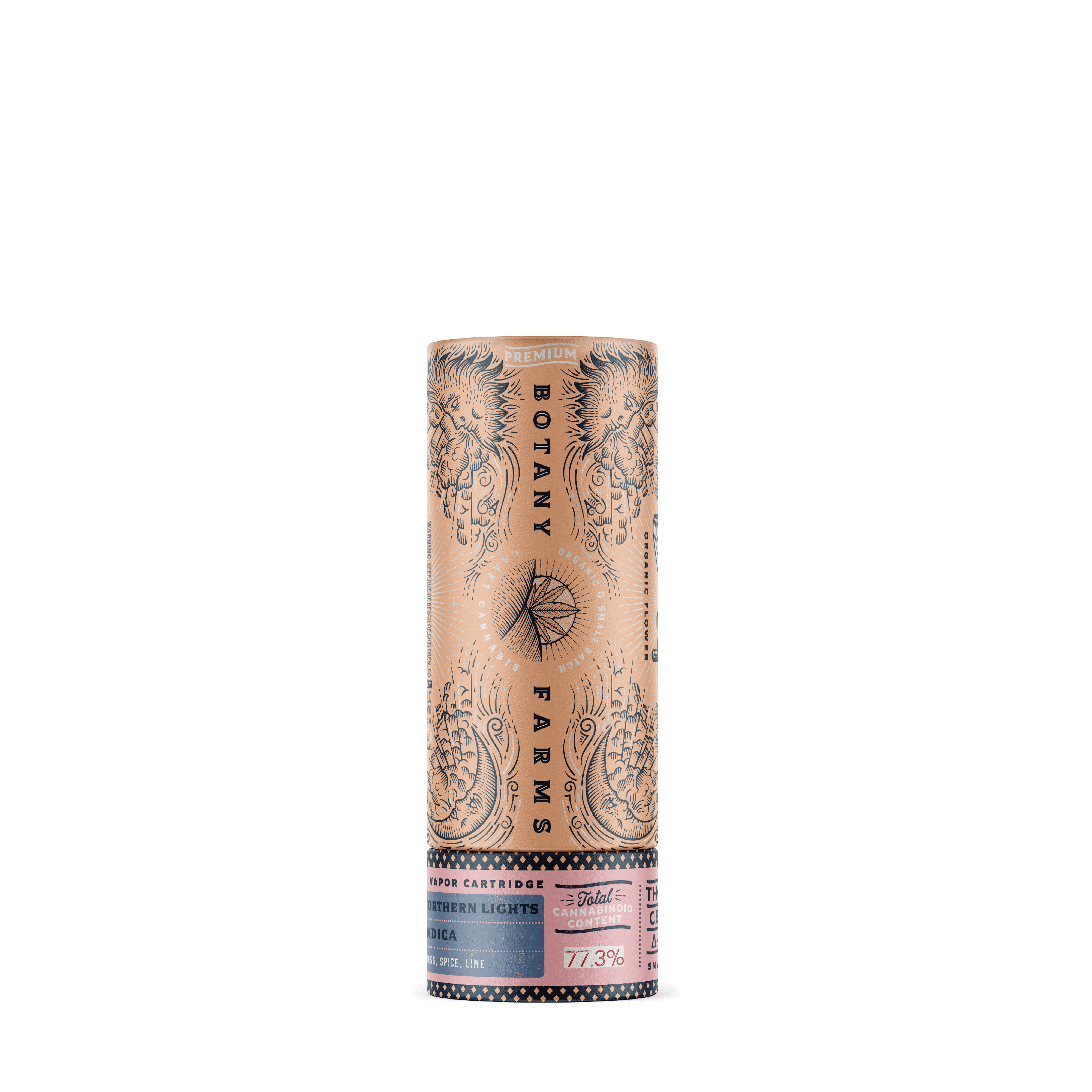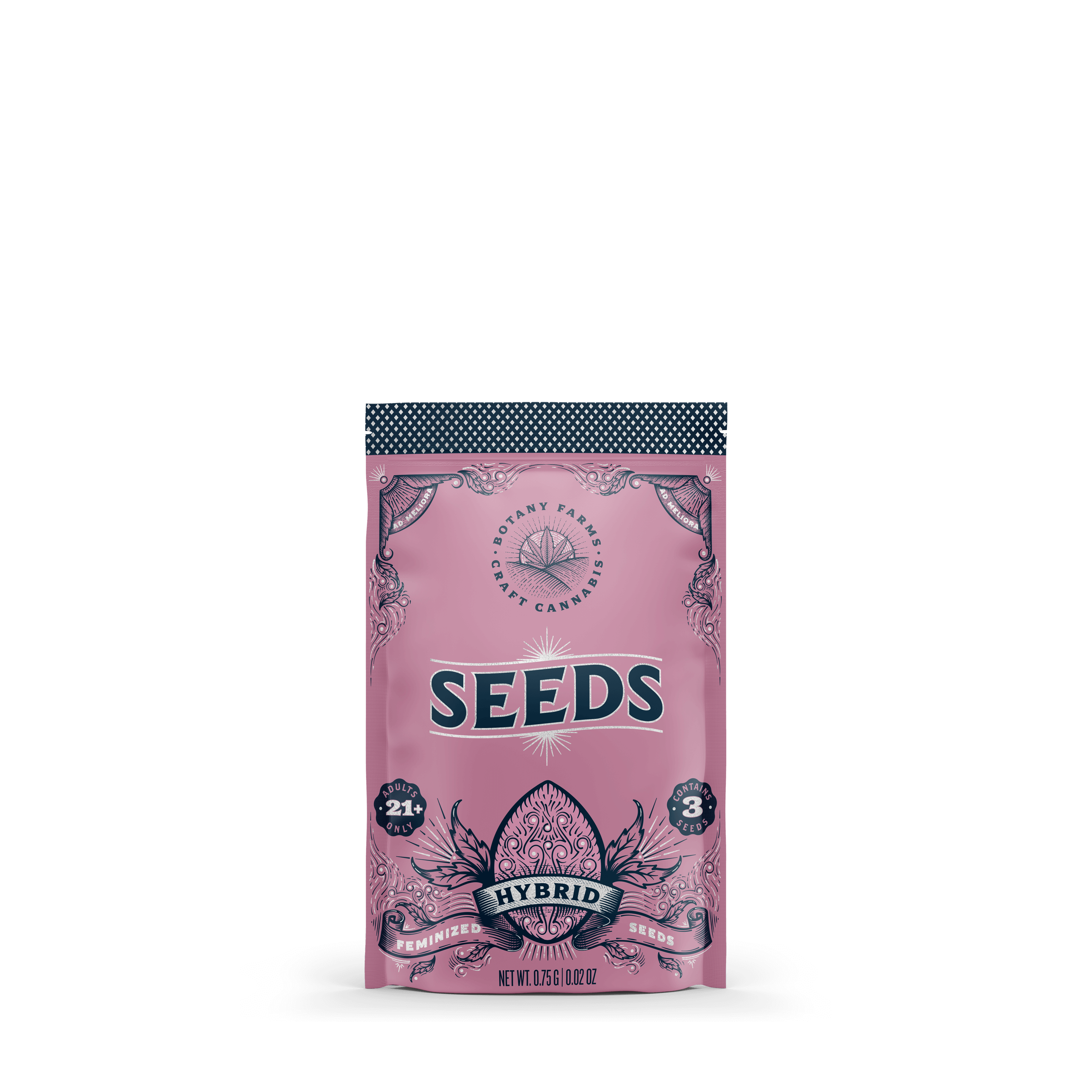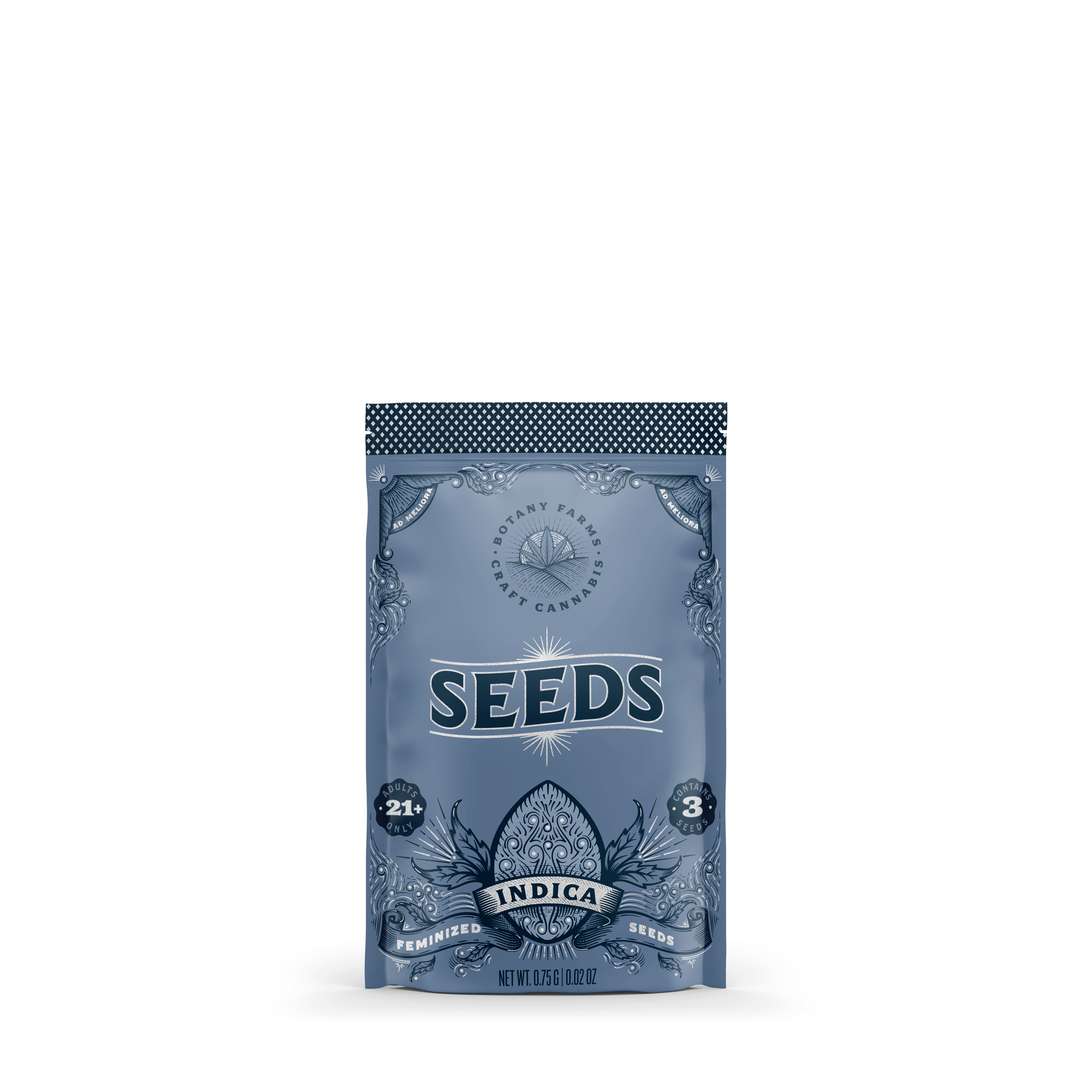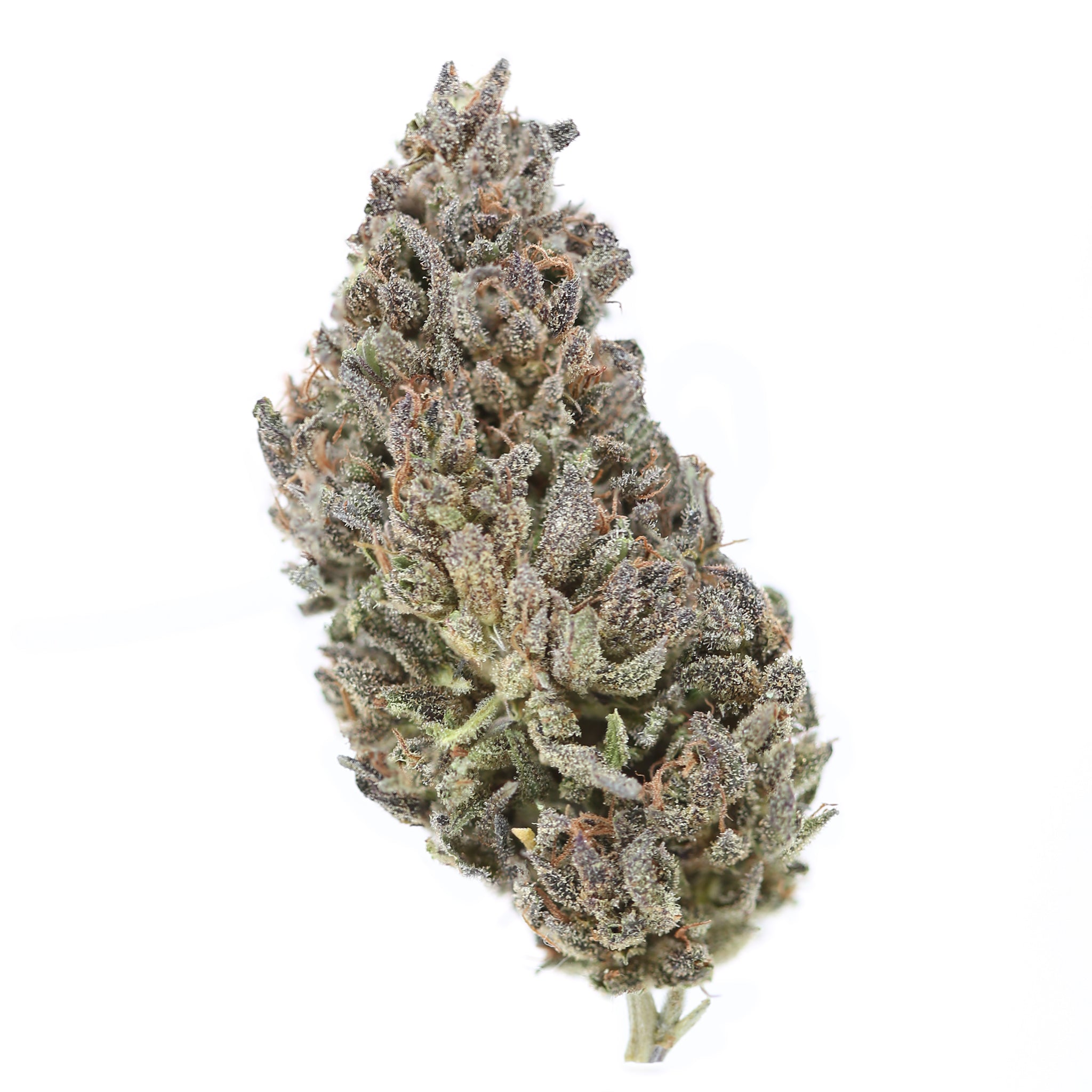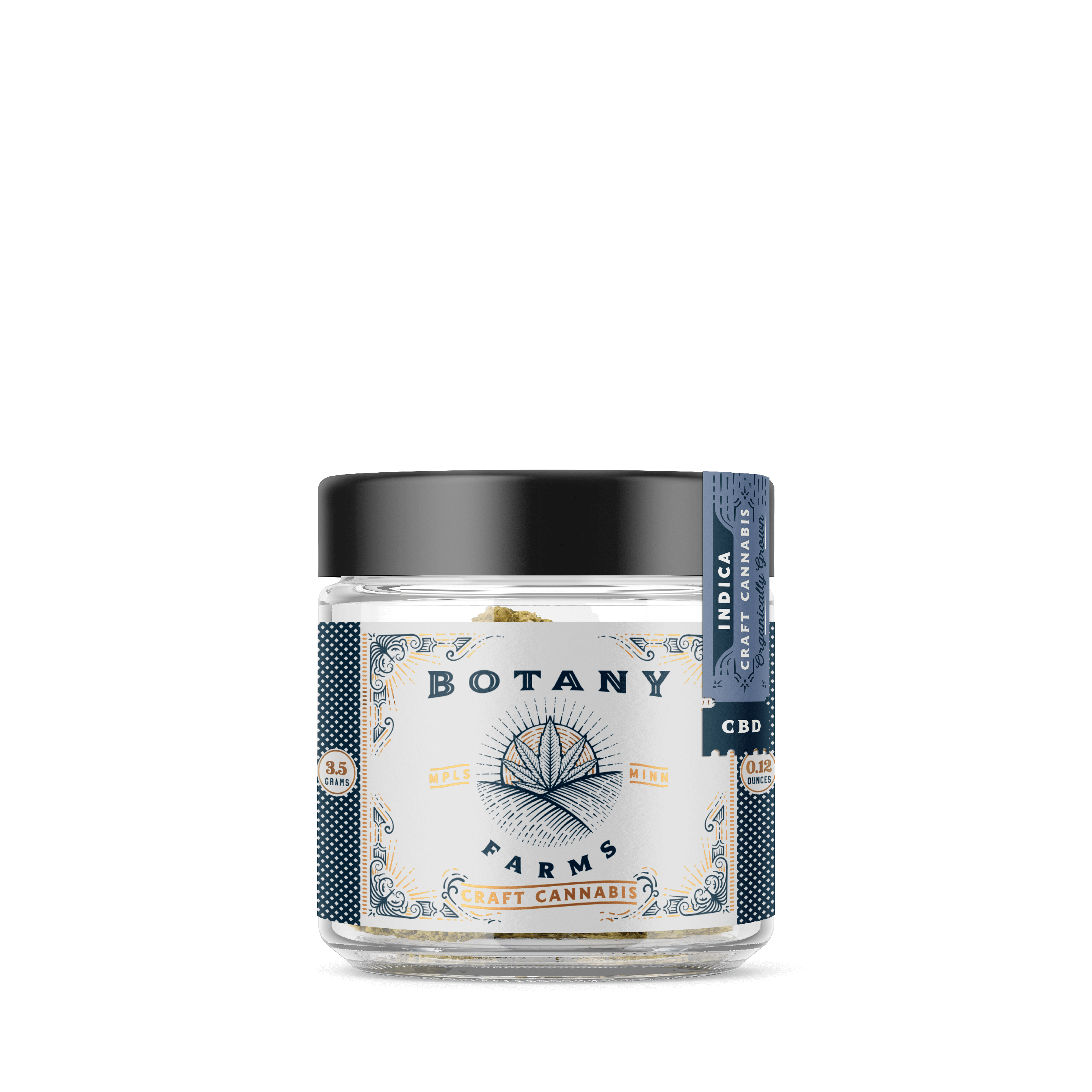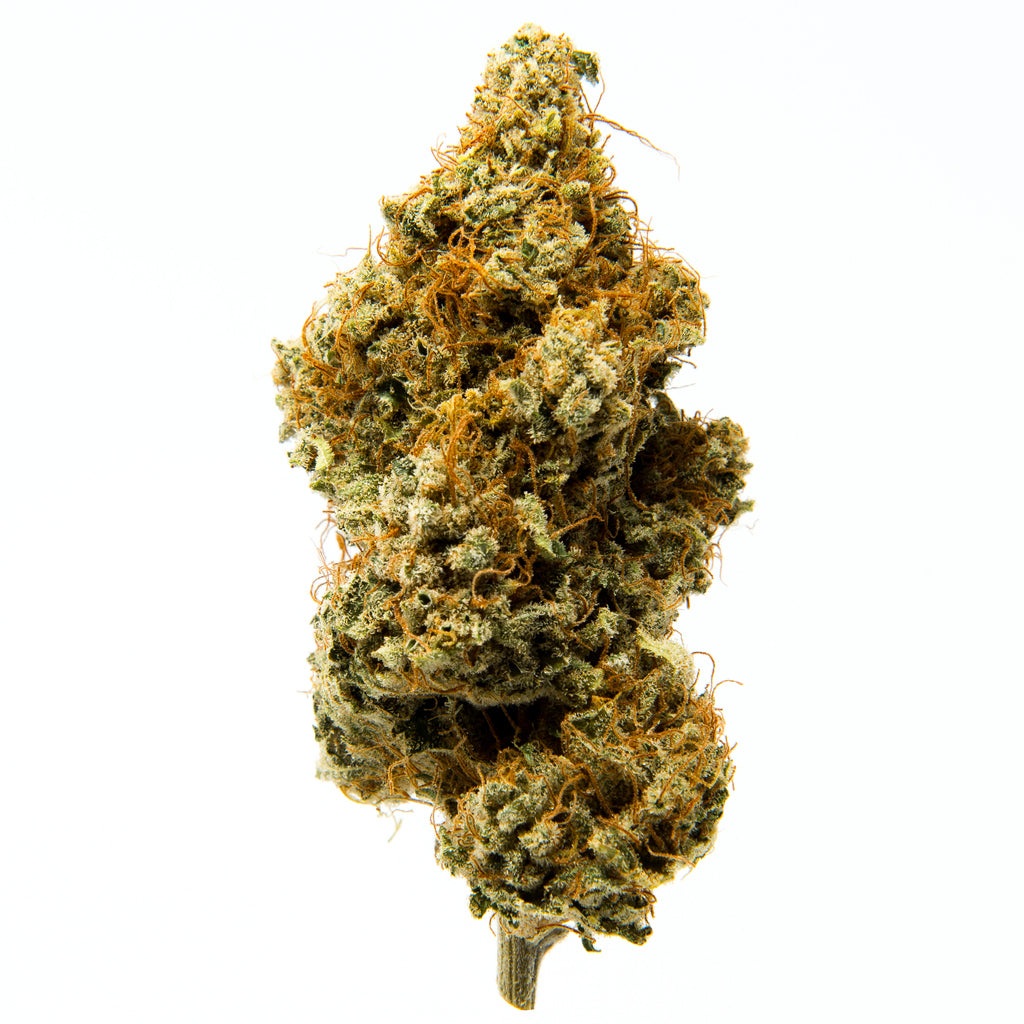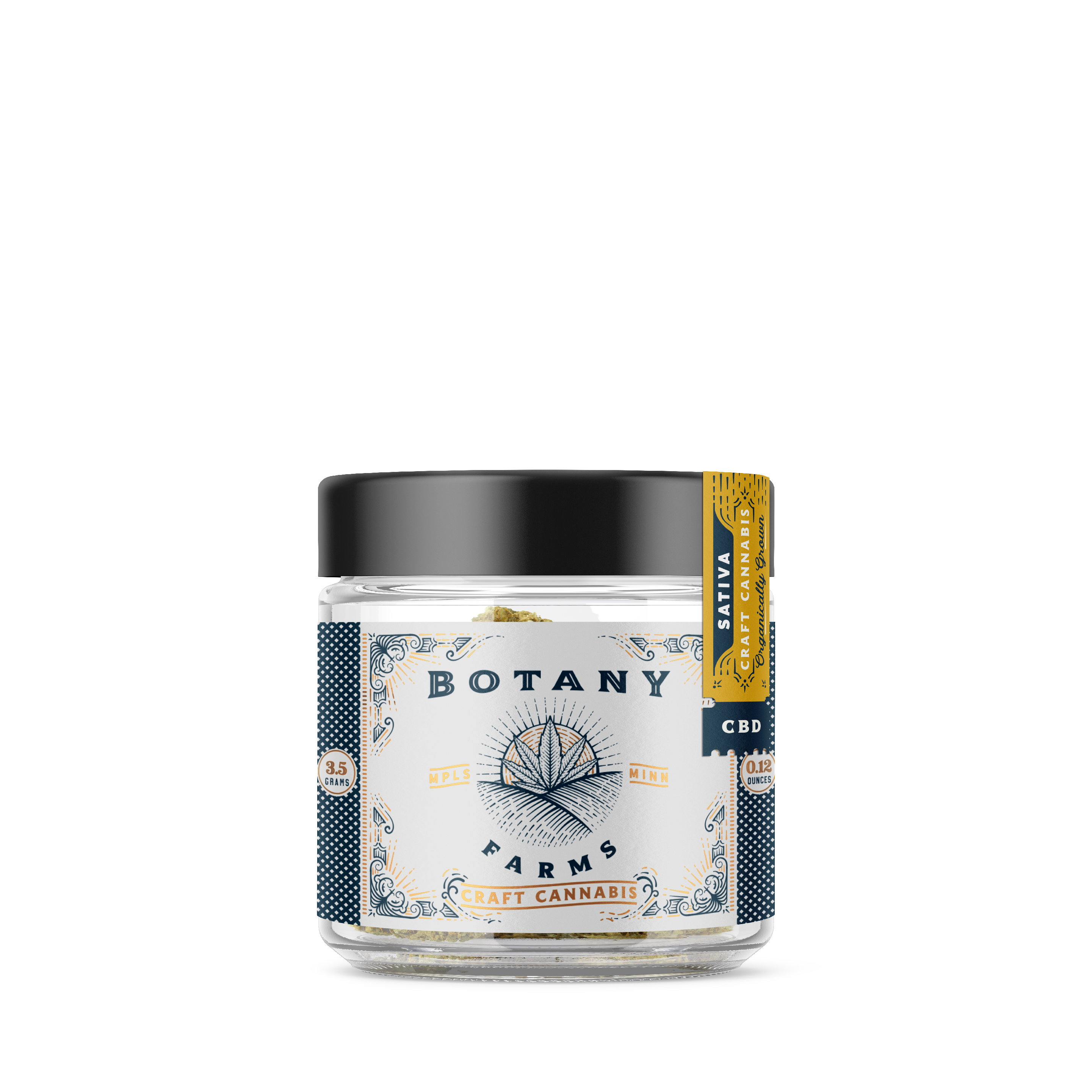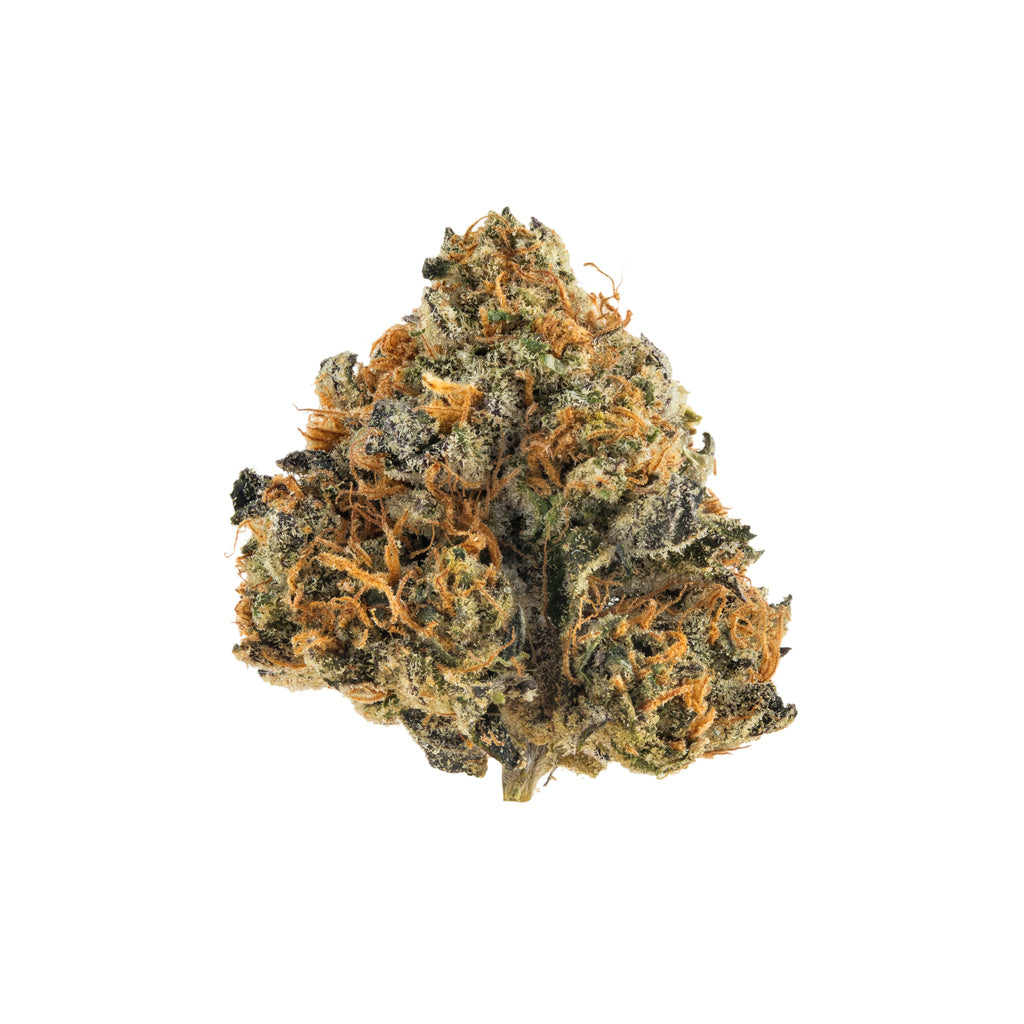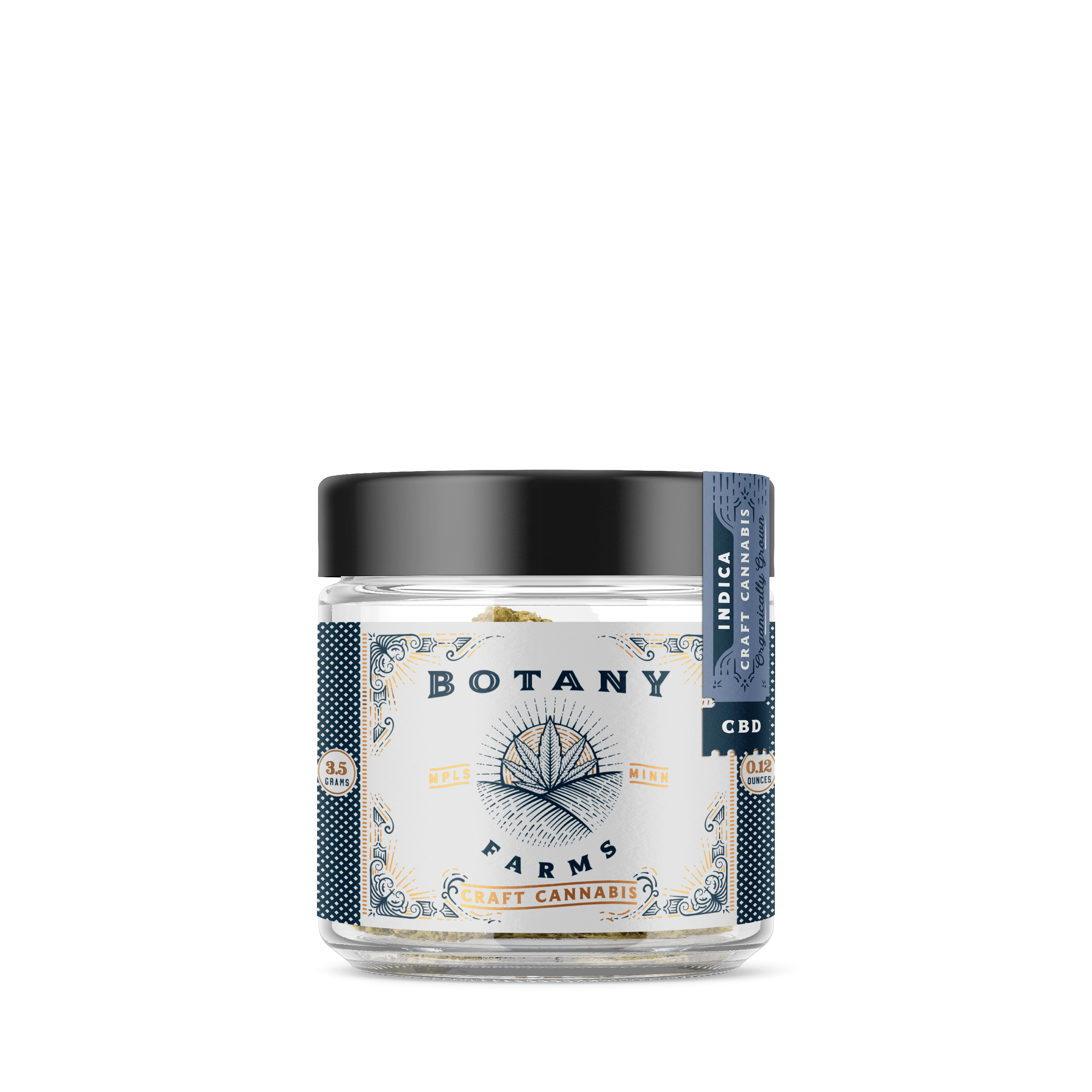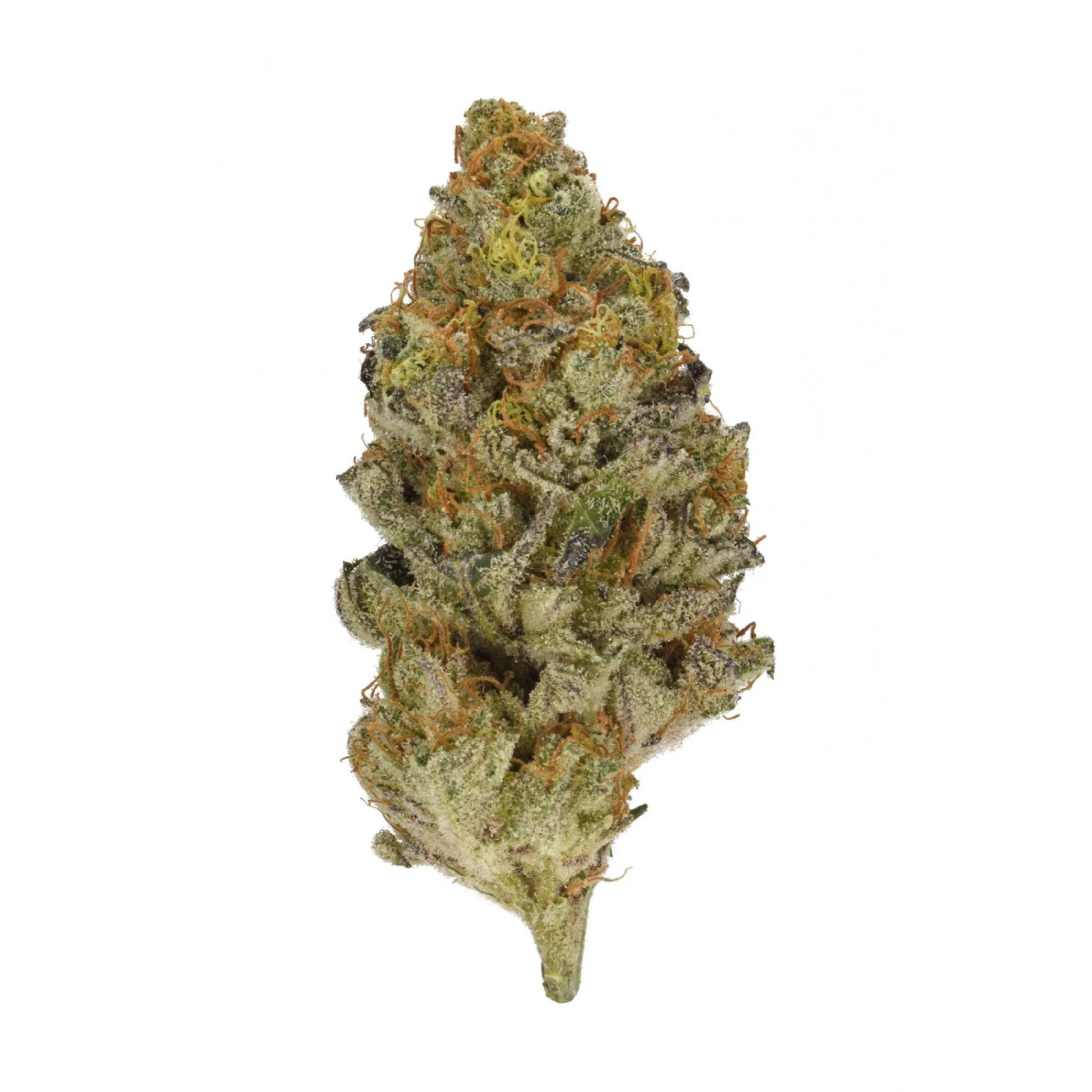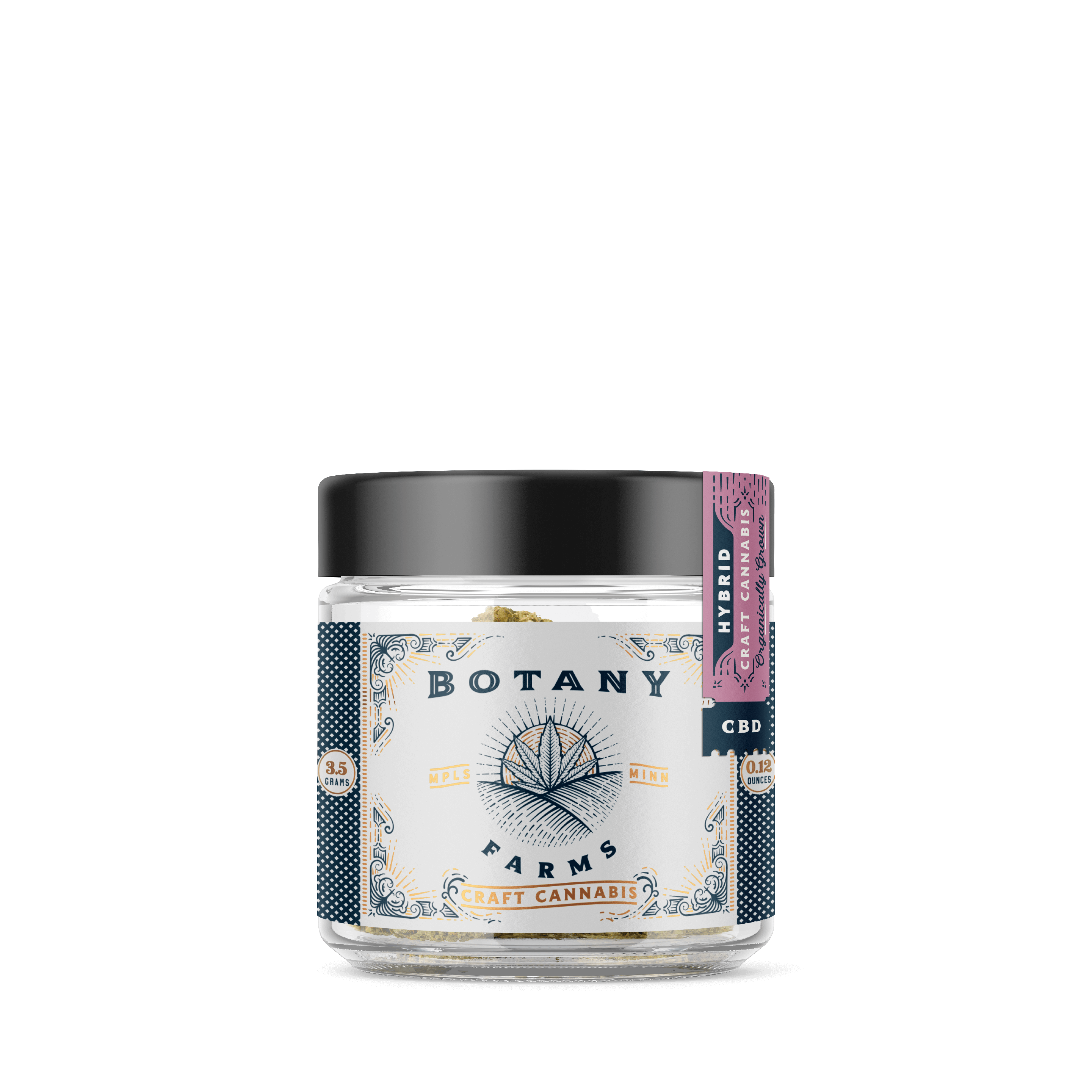There are so many different cannabinoids out there that things can get a little bit confusing. Yes, you might be familiar with regular THC, otherwise known as Delta-9 THC. However, there are also many other forms of THC out there that you should know about.
THC-a and THC-p are two of these cannabinoids that we want to take a closer look at today, both of which are closely related to Delta-9 THC in their own ways.
That said, THC-a and THC-p are both quite different from Delta-9 THC and different from each other. To provide you with a better overview of all of the different cannabinoids out there, right now, we want to compare THC-a and THC-p.
First, we want to determine what they both are and then we'll figure out what makes them different from each other. By the end of today's article, you should be an expert on both of these cannabinoids, both in terms of what they are individually and what makes them different.
Key Takeaways
-
THC-a and THC-p are both cannabinoids that can be found in cannabis and hemp plants.
A lot about the potential benefits and effects of THC-a are known, whereas THC-p is much more mysterious and intriguing.
The former is not psychoactive, but has the potential to be, whereas the latter is one of the strongest cannabinoids in existence. Find out more about their potency and effects below!
If you are looking for some of the hottest and highest quality THC-a strains around, we recommend checking out our fantastic selection right here at Botany Farms!
THC-a vs THC-p
THC-a and THC-p are both cannabinoids that can be found in cannabis and hemp plants, but there are some pretty big differences between them that you need to be familiar with.
Extraction Process
First, we must examine how these compounds or cannabinoids are extracted from the hemp or cannabis plants, so they can then be used to make concentrates and other such products. With THC-a, generally speaking, either solvent or solventless extraction processes are used.
For instance, THC-a may be extracted from the hemp or cannabis flower using a butane or carbon dioxide solvent extraction method, which involves the solvent being poured over the flower, resulting in the extraction of the cannabinoids from the plant material.
By baking in a vacuum oven, the solvent is then removed, leaving behind the pure cannabinoid extract. Of course, it is a little bit more complicated than that, but these are the basics.
THC-a is generally present in both cannabis and hemp plants, and if we are talking about cannabis plants, in fairly high quantities. For this reason, extracting it from plant matter is technically economically feasible.
We then have THC-p, which can technically be extracted from hemp or cannabis plant matter using a dewaxing technique combined with something known as liquid chromatography. This allows scientists to separate various cannabinoids from the plant matter to obtain what is effectively pure THC-p.
However, because THC-p is generally only present in very small quantities, extracting it from plant matter is economically unfeasible, which is why it is usually made by chemically altering CBD that is extracted from the hemp plant.
Compound Structure
THC-a and THC-p also have very different compound structures, which make a big difference in overall potency and effects. For some people, it may be a bit easier to compare the chemical structure of these cannabinoids to Delta-9 THC, seeing as more people are likely more familiar with Delta-9.
So, Delta-9 THC has the name it has because it features 9 THC molecules. Next, Delta-9 THC has what are known as alkyl chains, which are thought to be directly responsible for the way in which a cannabinoid interacts with the human body, particularly with the CB1 and CB2 cannabinoid receptors that are a part of the endocannabinoid system.
Delta-9 THC features 5 carbon atoms in its alkyl side chains, which is believed responsible for its relatively strong affinity to bind with cannabinoid receptors.
We then have THC-p, which has a very similar structure, but instead of having 5 carbon atoms in its alkyl side chains, it has 7 carbon atoms. This is believed to be responsible for the much higher potency and stronger psychoactive effects of THC-p when compared to Delta-9 THC.
We then have THC-a, which has a very similar chemical structure to Delta-9 THC. The difference is that THC-a features an additional carboxylic acid group or carboxyl side chain.
Due to this carboxylic acid group, THC-a has a distinct lack of affinity to bind with CB1 receptors, which is thought to be responsible for its lack of psychoactive effect. However, through the process of decarboxylation, the removal of that carboxyl chain, THC-a effectively turns into Delta-9 THC.
Therefore, the difference in chemical structure between THC-a and THC-p is that THC-a has an extra carboxyl chain and only 5 carbon atoms on its alkyl side chains, whereas THC-p has no such extra carboxyl group and has 7 carbon atoms on its alkyl side chains.
Reported Effectiveness
7THC-p was only recently discovered, and because this is such a new cannabinoid it's not really known what it is effective for. However, it is assumed that THC-p is roughly 30 times as potent as Delta-9 THC, and it is therefore thought that it may have the same benefits and effects as Delta-9 THC, but to a much higher degree.
This is thought to apply to both the high that you feel from it as well as the potential therapeutic benefits, such as potential nausea relief, pain relief, inflammation relief, mood regulation, and more. Due to its much higher potency, many people assume that whatever Delta-9 THC can do, THC-p can do better, something we will take a much closer look at further below.
THC-a on the other hand is thought to have a wide variety of potential therapeutic benefits, such as acting as an analgesic, antiemetic, anti-inflammatory, antiproliferative, and antispasmodic. As well it is also reputed to act as a neuroprotective agent, an immune system modulator, and a sleep aid. As we will touch on further below, however, what is interesting about THC-a is that unless it is decarboxylated, it does not produce a notable high.
Effect Significance
In terms of its overall effects, THC-p is thought to be roughly 30 times as potent as Delta-9 THC, with the high being extremely intoxicating and psychoactive, and sometimes even borderline hallucinogenic if large quantities are consumed.
On the other hand, without decarboxylation, in its unaltered form, THC-a is not psychoactive or intoxicating, which means that it does not produce any notable high.
Only after that extra carboxyl chain is removed through decarboxylation does THC-a become psychoactive, which is simply because it has turned into Delta-9 THC, and therefore features all of the same classic effects as regular THC.
What is THC-p?
THC-p is an abbreviation for Tetrahydrocannabiphorol, which is a cannabinoid that was discovered by a team of scientists from Italy in 2019, meaning that it hasn't even been a part of our basic knowledge for five years.
Because of this, there's honestly not all that much known about it, but we will do our best to provide you with all of the information at our disposal.
Anything that is known about it is more of an assumption or educated guess, or based on anecdotal evidence, rather than based on empirical scientific evidence and proof. It's such a new cannabinoid that much more time is required to research it.
How is THC-p Made?
THC-p is technically a minor cannabinoid that is found in both hemp and cannabis plants, albeit in very small quantities. As mentioned before, through a process known as chromatography, it may be removed from plant matter.
Although, because it is only present in very small quantities, it is not economically feasible. For this reason, THC-p is usually made from CBD which is derived from the hemp plant through various scientific processes.
Because THC-p is made from hemp-derived CBD, and because the cannabinoid itself does not contain Delta-9 THC, it is also considered legal at a federal level.
What Are the Effects of THC-p?
The exact effects of THC-p are not yet known, but based on anecdotal evidence it should produce a very notable and psychoactive high. The reason for this is that THC-p is thought to be roughly 30 times as potent as Delta-9 THC, with a much higher binding affinity to CB1 receptors.
Ultimately, this means that all of the euphoria, elation, happiness, relaxation, calmness, and all of the other mental and bodily effects produced by THC-p should be similar to those of Delta-9 THC, but just much stronger and to a higher degree.
Even small quantities of THC-p can produce a very intense and long-lasting psychoactive high, with some people even reporting slight hallucinogenic effects when having consumed large quantities.
What Are the Benefits of THC-p?
There are so far no studies to confirm what the potential benefits of THC-p could be, although it is assumed that they are similar to Delta-9 THC. It is believed that THC-p may be able to relieve pain and inflammation, relieve nausea, potentially relieve symptoms associated with depression and anxiety, and more.
Best Ways to Take THC-p
Due to the nature of this cannabinoid and extract, the best way to take it is usually in an edible format. This way you know exactly how much you are taking, and there are plenty of products out there to choose from.
Furthermore, THC-p is most readily available in edible and vaporizer concentrate formats. Depending on where you live, you may have trouble finding any products that contain THC-p.
Best THC-p Strains
Due to the nature of this cannabinoid, you really can't find the strains that have a lot of it present. Therefore, the only viable solution for you to get THC-p into your system is by taking an edible or by using a vaporizer with a concentrate that has been infused with this cannabinoid that has been made from hemp-derived CBD. High THC-p strains aren’t really a thing.
What is THC-a?
We then have THC-a or Tetrahydrocannabinolic acid. This is the acidic version or the acidic precursor to Delta-9 THC. Once again, THC-a features an additional carboxyl chain when compared to Delta-9 THC, which is thought to be responsible for its lack of psychoactivity.
However, through the process of decarboxylation, which means applying heat to the THC-a, it turns into Delta-9 THC through the removal of that additional carboxyl chain. Delta-9 THC is of course psychoactive.
Therefore, thanks to nothing more than a bit of heat, the inactive THC-a turns into active THC. Interestingly enough, at the federal level, because THC-a technically does not contain any Delta-9 THC, it is considered legal even though all it takes is some heat to turn the former into the latter.
Without THC-a, you would not have Delta-9 THC. Although it is not intoxicating or psychoactive, it certainly has the potential to be, not to mention that it may also have a variety of potential therapeutic benefits.
How is THC-a Made?
THC-a is a naturally occurring cannabinoid or acidic precursor to a cannabinoid. It does not need to be made in a laboratory setting. Unlike THC-p which is not feasible to extract from plant matter because it only occurs in very small quantities, THC-a can be extracted from plant matter, which is because it occurs in very large quantities.
Remember that Delta-9 THC is one of the two naturally occurring major cannabinoids (the other being CBD) and it's known as a major cannabinoid because it occurs in large quantities. Technically speaking, one might be able to consider THC-a as a major cannabinoid, or at least the precursor to a major cannabinoid.
It can be found in abundance in many cannabis and hemp plants. Therefore, it can be extracted directly from the plant matter using a variety of processes that may involve solvents or not. Making a butane hash oil by using butane as a solid for extraction is one of the most common methods.
What Are the Effects of THC-a?
On its own, before it has been decarboxylated, THC-a has no notable psychoactive or intoxicating effects. Due to its extra carboxyl chain, it is thought to have a total lack of binding affinity with CB1 receptors, therefore resulting in a total lack of any notable high.
However, through decarboxylation, which means that the extra carboxyl chain is removed thanks to the application of heat, THC-a turns into Delta-9 THC, which can then produce a notable high. Delta-9 THC can produce both a body and head high, depending on the exact strain in question.
What Are the Benefits of THC-a?
THC-a is thought to have a variety of benefits. THC-a may have antiemetic benefits and analgesic benefits, and it may act as an anti-inflammatory.
THC-a may also have benefits as a sleep aid, it could act as an antiproliferative, and antispasmodic, neuroprotective agent, and it may also be able to help modulate the immune system.
Best Ways to Take THC-a
Although there are various concentrates and edibles that contain this cannabinoid, the easiest way to take it is by smoking or vaporizing THC-a hemp flower.
Best THC-a Strains
Some of the strains that contain the most THC-a include Gorilla Glue, Chemdawg, Godfather OG, Strawberry Banana, Bruce Banner, and more.
THC-a vs THC-p: Which is Right for You?
Let's do a quick side-by-side comparison to see which one of these cannabinoids may be better for you.
THC-a vs THC-p Effects
When consumed as is, THC-a may have a variety of potential benefits as discussed above, as may also be the case for THC-p. That said, the research that has been performed on THC-a so far is much more extensive than the research performed on THC-p.
Because of this, the exact effect, both in terms of the high it produces and its potential benefits, is not really known and cannot be confirmed at this time.
That said, what we do know is that THC-p produces an extremely strong and notable high, whereas THC-a which has not yet been decarboxylated does not produce any kind of high at all. Both are bound to have huge potential benefits, but THC-P is just who knew for us to draw any solid conclusions.
THC-a vs THC-p Potency
Because THC-a, before it is decarboxylated, produces no notable psychoactive high, one could say that it is not potent at all.
On the other hand, THC-p is said to be roughly 30 times as potent as Delta-9 THC. Therefore, THC-p is much more potent than THC-a, regardless of whether or not it has been decarboxylated.
Where to Find the Best THC-a and THC-p Products Online
If you are looking for some great THC-a online, right here at Botany Farms is the place to be.
We have an amazing selection of products to choose from, with this THC-a Crystal Candy Strain being a fan-favorite.
You may also like this super tasty Botany Farms THC-a Strawberry Banana Kush Pre-Roll or this Botany Farms THC-a Sugar Queen Pre-Roll.
Final Thoughts
The bottom line is that both THC-a and THC-p are very interesting cannabinoids worth looking into, with the former providing you with many potential benefits all without being psychoactive, whereas the latter is one of the most potent, if not the number one most potent cannabinoid in the whole world.
THC-a vs THC-p: Frequently Asked Questions
Let's quickly go over some frequently asked questions about THC-a and THC-p.
Is THC-p Better Than THC-a?
If you are looking for a strong psychoactive high, then THC-p is better, but if you are looking for a wide variety of potential benefits without being intoxicated, then it is likely that THC-a is better for you.
What is THCP Used for?
If you want to get high, you can use THC-p for that, although, because it is such a new cannabinoid that was just recently discovered, it's technically not used for anything, as the potential benefits of it have not yet been confirmed.
Is THC-p the Most Potent?
According to current research, THC-p does appear to be the most potent cannabinoid at this time.
